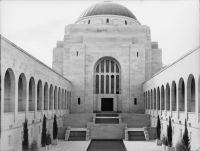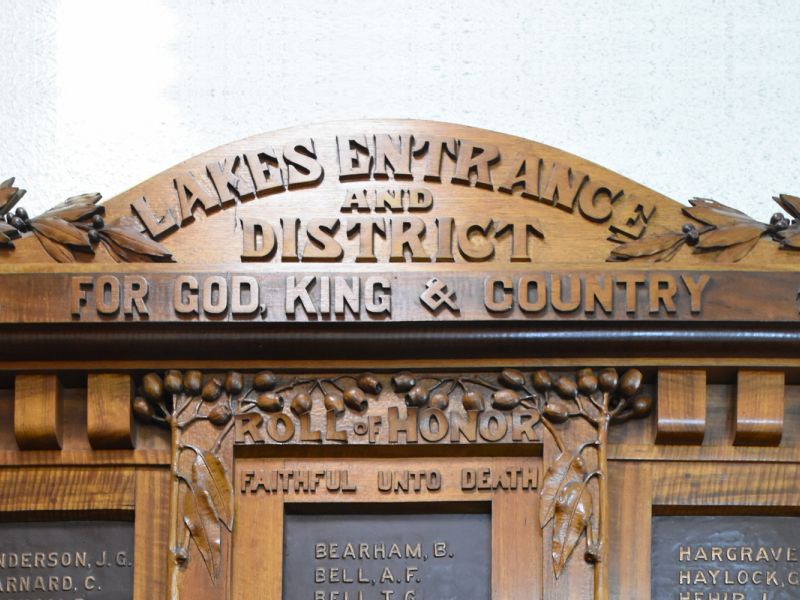Corporal Harry Thorpe
Harry Thorpe was born at the Lake Tyers Mission Station, near Lakes Entrance in Victoria, to William Thorpe, a Brabuwooloong man, and his wife, Lilian. He was married and working as a labourer when war broke out in 1914. Although Aboriginal men were officially prohibited from enlisting in the Australian Imperial Force, Thorpe successfully enlisted in February 1916, aged 29.
Harry left Australia with the 7th Battalion in April 1916. After a brief period of training in Egypt, he went to France to fight. The 7th Battalion was present at the battle of Pozières and the subsequent fighting around Mouquet Farm. He was exposed to some of the heaviest artillery fire seen on the Western Front and, in early August, was wounded and evacuated with a gunshot wound to his leg and shell shock.
In early 1917 Thorpe was promoted to lance corporal. The 7th Battalion went into action around the French village of Bullecourt in May. Here Thorpe was wounded for the second time when he was shot in the shoulder.
After another period in hospital, Lance Corporal Thorpe once again joined his unit. In battle he proved to be an able leader, and in October 1917 he was awarded the Military Medal for “handling his men with skill and materially assisting his company commander” in the dangerous job of seeking out German infantry hiding in dug-outs and pill boxes. His medal citation says that “by his splendid example and disregard of all danger he inspired those under him”. He was subsequently promoted to corporal.
In August 1918 the 7th Battalion conducted an operation against the enemy at Lihons Wood in France. There Thorpe was wounded for the third and final time, shot in the abdomen. He died hours after arriving at the dressing station.
Harry Thorpe left a wife, Julie, and one son, Reginald. He was buried in France alongside his friend and fellow Indigenous soldier, Private William Rawlings, who was killed on the same day.

 Australian War Memorial
Australian War Memorial